| |
|
|
Botanical Name |
: |
Morus alba L. |
English
Name |
: |
Chinese White Mulberry |
Synonym(s) |
: |
Morus indica, Morus parviflora, Morus tatarica L., Morus pumila Balb., Morus multicaulis Perr. and Morus serrata Wall |
Family |
: |
Moraceae |
| |
General Info
| Description |
 |
|
A medium sized deciduous tree, bark of large trees dark greyish brown, rough, the fissures mainly vertical. Leaves varying markedly in shape according to the age of the tree, in young plants and on vigorous shoots of old plants the leaves are usually deeply lobed, normally they are unlobed and 2 to 3 inches long. Flowers unisexual, very small, greenish, the sexes separated on different axes (spikes) either on the same branch or on different branches or occasionally a tree produces only male spikes or only female spikes. Male spikes ½-1½ inches long, the flowers not densely crowded. Sepals 4, hairy 1/10 inch long. Female spikes shorter than the male, the flowers crowded. Sepals 4, not hairy or only slightly so on the edges. Fruit ½ to 1 inch long, sometimes white, but more often red becoming black when ripe. |
| Herb Effects |
 |
|
The root is used as anthelmintic and astringent and the leaves as diaphoretic and emollient; hypoglycemic (root bark). |
Chemistry
| Active Ingredients |
 |
|
Alpha-amyrin, morusin and cyclomorusin (root bark); albanols A and B and mulberranol (bark); caffeic acid, chalcons, eugenol, simple phenols, benzophenones, quercetin and flavones (plant); acetic acid, beta-sitosterol, chlorogenic acid, choline, folacin, gaba, quercitrin (leaf); asorbic acid, beta-carotene, rutin (fruit);kaempferol, piceatannol, resorcinol, resveratrol (wood) |
| Chemistry
of Active Ingredients |
 |
|
|
 |
Name |
CAS# |
IUPAC Name |
Formula |
Structure |
 |
|
| alpha-Amyrin |
638-95-9 |
4,4,6a,6b,8a,11,12,1
4b-octamethyl-2,3,4a
,5,6,7,8,9,10,11,12,
12a,14,14a
-tetrade
cahydro-1H-picen-3-o
l |
C30H50O |
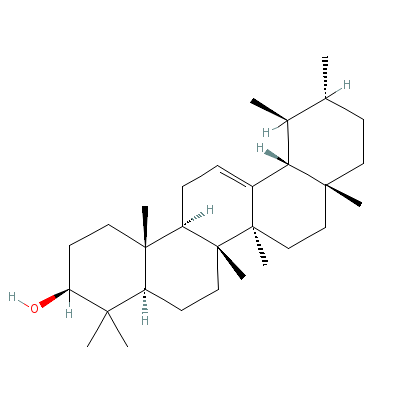
|
| Morusin |
Not Available |
Not Available |
C25H24O6 |
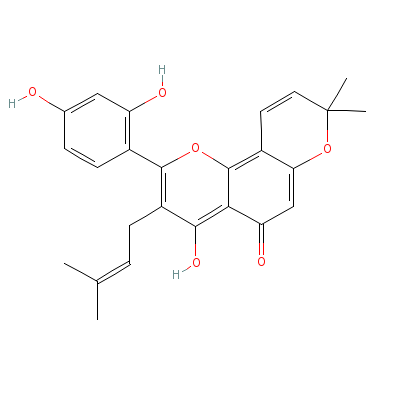
|
| Cyclomorusin |
62596-34-3 |
Not Available |
C25H22O6 |
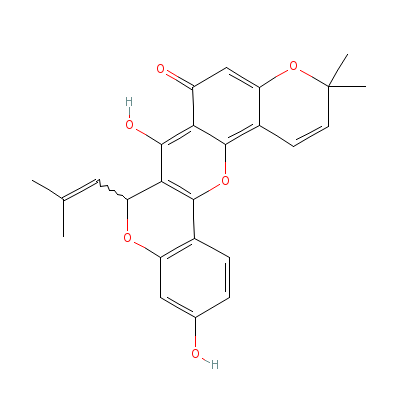
|
| Caffeic acid |
Not Available |
3-(3,4-dihydroxyphen
yl)prop-2-enoic acid |
C9H8O4 |
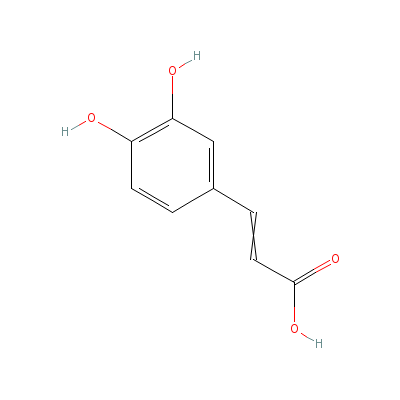
|
| Eugenol |
97-53-0 |
2-methoxy-4-prop-2-e
nyl-phenol |
C10H12O2 |
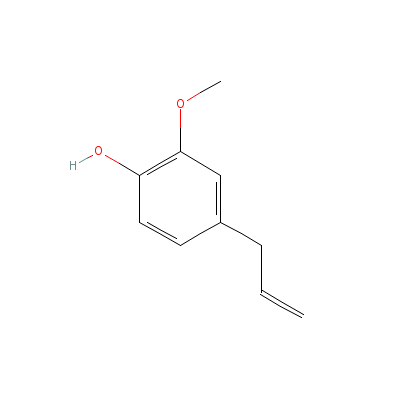
|
| Quercetin |
Not Available |
2-(3,4-dihydroxyphen
yl)-3,4,5-trihydroxy
-chromen-7-one |
C15H10O7 |
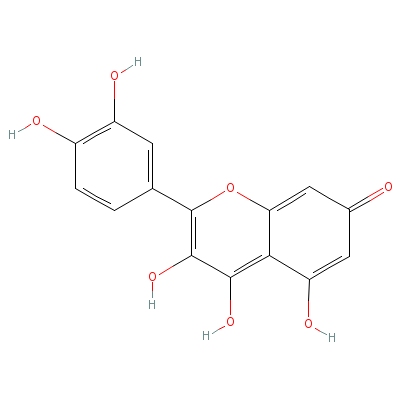
|
| Acetic acid |
77671-22-8 |
acetic acid |
C2H4O2 |
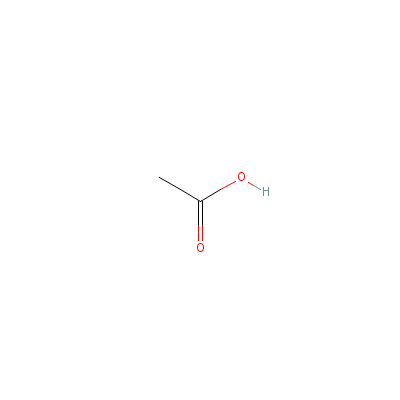
|
| beta-Sitosterol |
5779-62-4 |
17-(5-ethyl-6-methyl
-heptan-2-yl)-10,13-
dimethyl-2,3,4,7,8,9
,11,12,14,
15,16,17
-dodecahydro-1H-cycl
openta[a]phenanthren
-3-ol |
C29H50O |
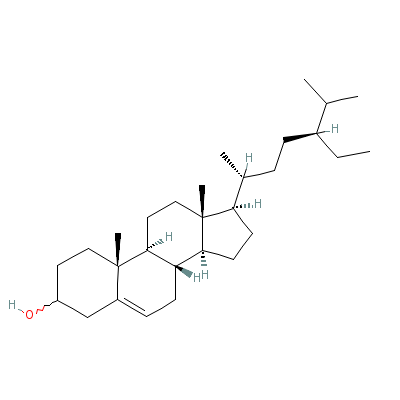
|
| Chlorogenic acid |
327-97-9 |
3-[3-(3,4-dihydroxyp
henyl)prop-2-enoylox
y]-1,4,5-trihydroxy-
cyclohexan
e-1-carb
oxylic acid |
C16H18O9 |
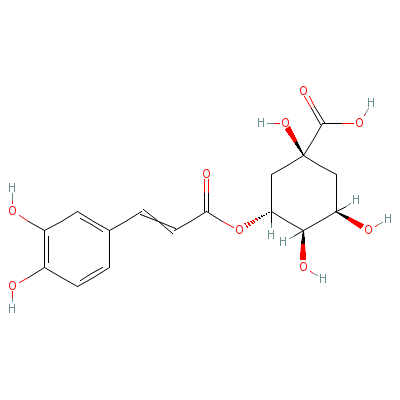
|
| Choline |
67-48-1 |
2-hydroxyethyl-trime
thyl-ammonium |
C5H14NO+ |
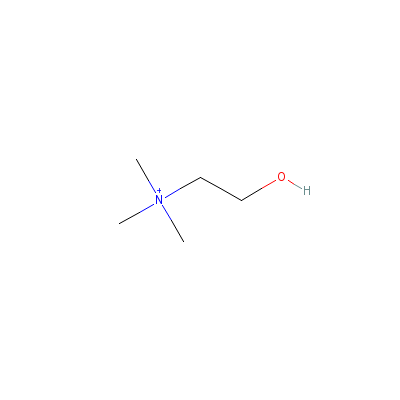
|
| Folacin |
6484-89-5 |
2-[4-[(2-amino-4-oxo
-1H-pteridin-6-yl)me
thylamino]benzoyl]am
inopentane
dioic
acid |
C19H19N7O6 |
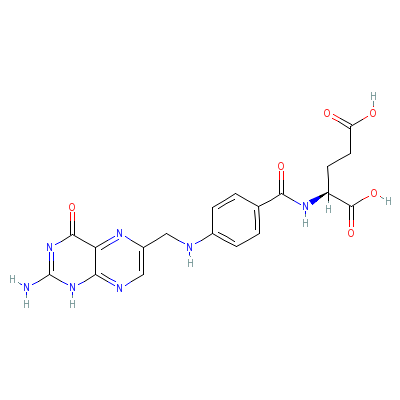
|
| Gaba |
70582-09-1 |
4-aminobutanoic acid |
C4H9NO2 |

|
| Quercitrin |
6151-25-3 |
2-(3,4-dihydroxyphen
yl)-4,5-dihydroxy-3-
(3,4,5-trihydroxy-6-
methyl-oxa
n-2-yl)o
xy-chromen-7-one |
C21H20O11 |
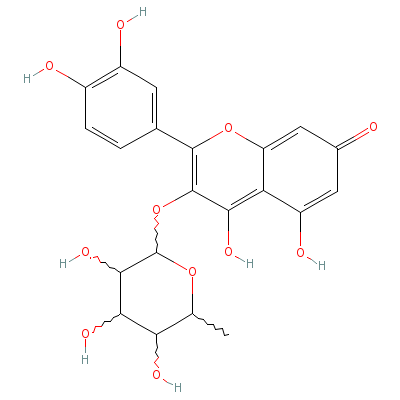
|
| beta-Carotene |
Not Available |
3,7,12,16-tetramethy
l-1,18-bis(2,6,6-tri
methyl-1-cyclohexeny
l)-octadec
a-1,3,5,
7,9,11,13,15,17-nona
ene |
C40H56 |

|
| Rutin |
Not Available |
2-(3,4-dihydroxyphen
yl)-4,5-dihydroxy-3-
[3,4,5-trihydroxy-6-
[(3,4,5-tr
ihydroxy
-6-methyl-tetrahydro
pyran-2-yl)oxymethyl
]tetrahydropyran-2-y
l]
oxy-chromen-7-on
e trihydrate |
C27H36O19 |
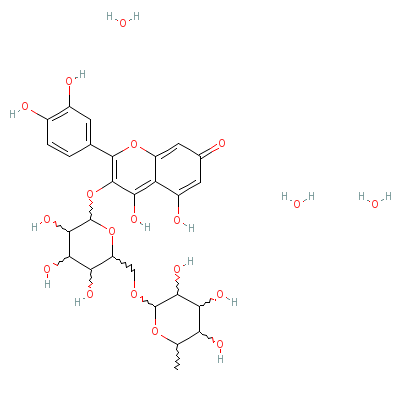
|
| Kaempferol |
80714-53-0 |
3-[3-[4,5-dihydroxy-
6-(hydroxymethyl)-3-
[3,4,5-trihydroxy-6-
(hydroxyme
thyl)oxa
n-2-yl]oxy-oxan-2-yl
]oxy-4,5-dihydroxy-6
-(hydroxymethyl)oxan
-2
-yl]oxy-4,5-dihy
droxy-2-(4-hydroxyph
enyl)-chromen-7-one |
C33H40O21 |
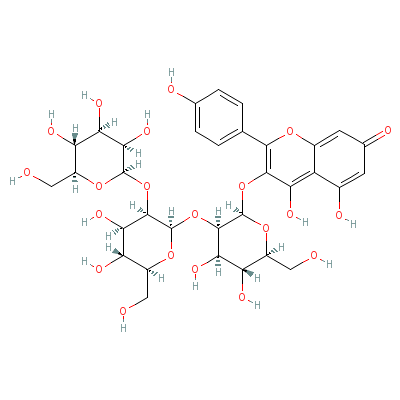
|
| Piceatannol |
Not Available |
4-[2-(3,5-dihydroxyp
henyl)ethenyl]benzen
e-1,2-diol |
C14H12O4 |
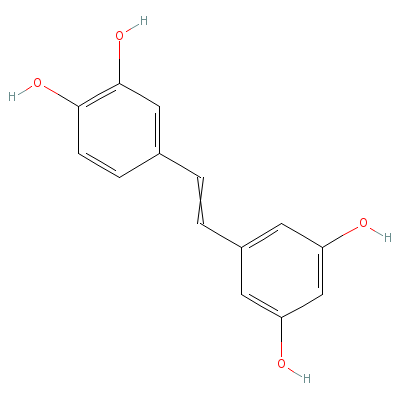
|
| Resorcinol |
6025-45-2 |
benzene-1,3-diol |
C6H6O2 |
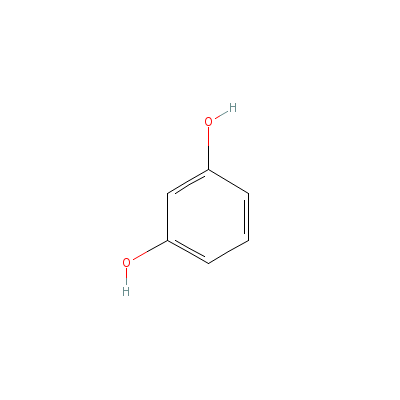
|
| Resveratrol |
Not Available |
5-[2-(4-hydroxypheny
l)ethenyl]benzene-1,
3-diol |
C14H12O3 |
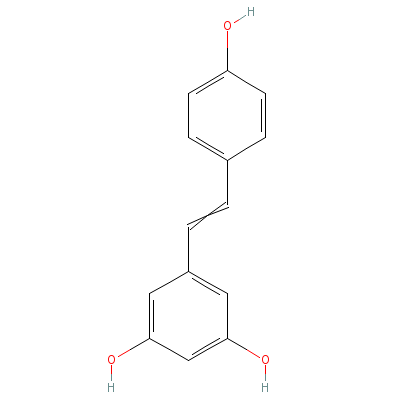
|
|
Pharmacology
| Medicinal Use |
 |
|
In indigestion, refrigerant in fever, dyspepsia, melancholia and sore throat (fruit); as an anthelmintic and astringent (root and leaf); as a gargle in inflammation of throat (leaf decoction); used for external use in bed sores (leaf paste with neem leaves). |
| Contraindication |
 |
|
This herb is contraindicated in cases with diarrhea due to cold and deficiency of the spleen and stomach. |
| Reference |
 |
|
 Chandel et al., Biodiversity in Medicinal and Aromatic Plants in India. Chandel et al., Biodiversity in Medicinal and Aromatic Plants in India.
Uniyal et al., Medicinal Flora of Garhwal Himalayas.
Bentley and Trimen, Medicinal Plants. |
Dealers
Products
|
|